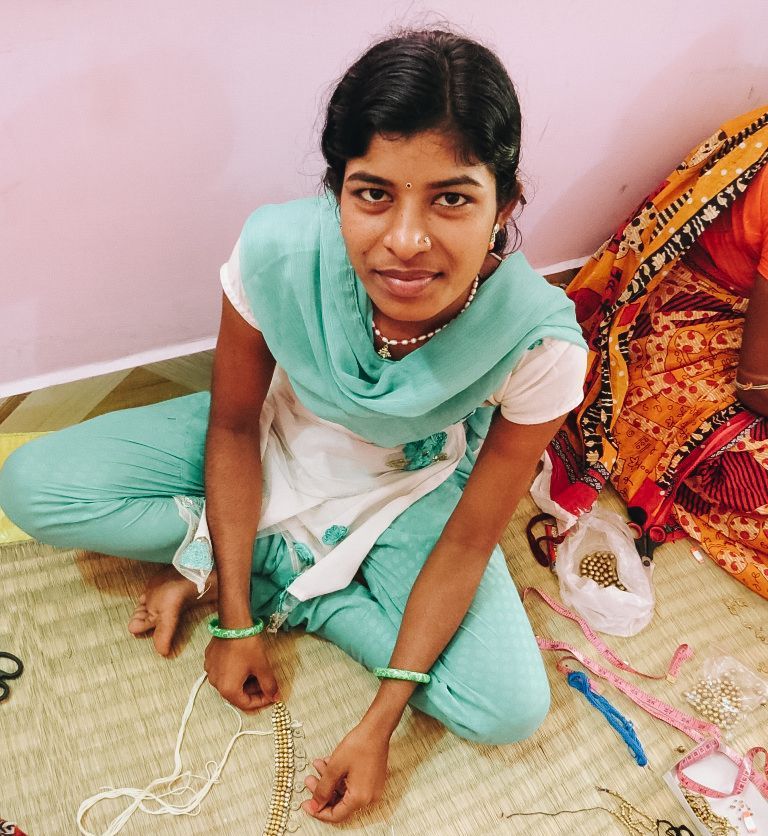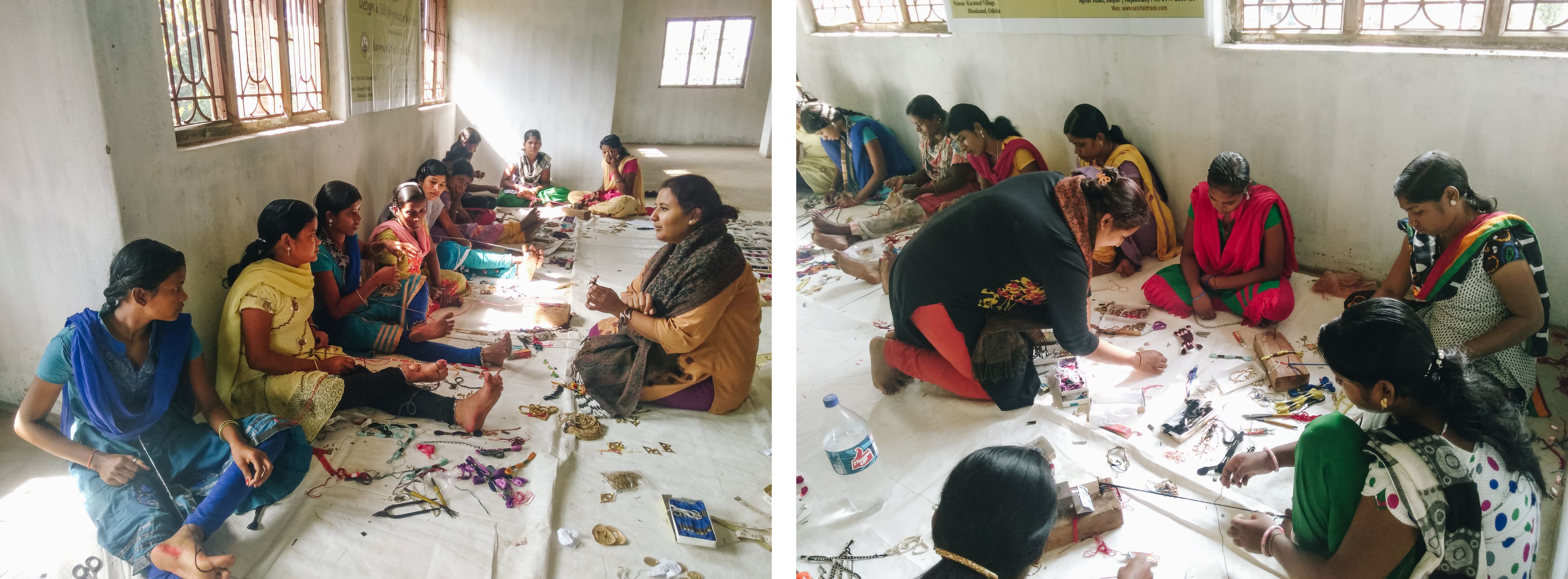Preserving an Art Form, Ensuring a Legacy

Preserving an Art Form. Ensuring a Legacy.
In our last blog, our founder, Manish, explored what determines a fair wage. An effective way to raise wages is to produce higher quality goods and bolster an artisan’s skills so they can confidently negotiate with local traders. Our tribal jewelry partner group in East India recently took part in a 10-day skill-building workshop organized by our Indian arm of operations (SETU). Strengthening skills and learning new techniques keep these artisans competitive in an International market and net them resources to ensure their tradition is preserved. Hear their story.
Tribal Jewelry Group
The tribal jewelry group uses ancient techniques to handcraft unique copper and brass jewelry pieces. From the preparation of the recycled metals to the final embellishment, these craftspeople employ techniques that have been passed down for generations. When you receive a piece of tribal jewelry, you’re getting something infused with tradition and history.
The group is partnered with a local NGO that has been working tirelessly for the disadvantaged and marginalized communities in the area. They empower these artisans through job training, policy research, and development projects. Additionally, the jewelry group receives a livable wage and more skills training through our Fair Trade partnership and efforts from SETU.

The Importance of Preservation
Like a family heirloom passed down for generations, these jewelry making techniques are part of an artisan’s inheritance. Moreover, this art form is a symbol of tribal identity and a way to honor their heritage. You can imagine a mother teaching her children these techniques and retelling old family stories. Their art has a memory. Making this jewelry available to an international marketplace helps them have the resources they need to continue to practice their craft and share their story with the world.


The Workshop
In this 10 day workshop, a team of skilled experts in their respective fields came to the community to train artisans in the jewelry designing process. To ensure an effective dialog between expert and artisan, an interpreter was appointed to translate the Odia language (the predominant language of the Indian state of Odisha). Twelve male and female artisans explored new techniques and design trends to add to their skill set. An overwhelming sense of excitement surrounded the program as artisans learned skills that would help them open new avenues of self-employment. Ten days away from production can be costly, so all participants received a stipend for the duration of the workshop.
Looking Forward
In addition to this workshop, we've helped educate this group on children’s rights, gender issues, and trade opportunities. The success of the workshop was incredibly motivating—plans for additional workshops/seminars are in the works.
Fair Trade is a holistic system balancing opportunity, wage, environmental concerns, and human rights among other things. Preserving this jewelry art form is as much about a bright future as it is about a rich tribal history. We’d like to work together with our partners to make sure we’re preparing for tomorrow and reflecting on where we came from.


